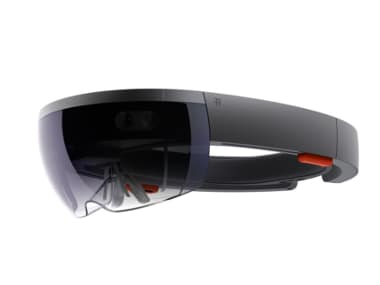Digital business demands a new approach to application infrastructure. Ahead of the Gartner Application Architecture, Development & Integration Summit 2018, taking place March 12-13 in Mumbai, Keith Guttridge, research director at Gartner talks about the impact of applications in today’s digital world in a Q&A.

Keith Guttridge, Research Director, Gartner
- As we enter the era of digital business – how do organizations in India need to prepare for the digital economy?
Preparation and readiness is more about people and culture than technology. Established processes have worked well to get you where you are today, but they are limiting how much further they can take you. It’s important to recognize that there is no one right approach, but that it is a blended mix of architectures, applications and integration approaches that is most likely to help you succeed. Empowerment is key, but with the right levels of control to not jeopardize previous investments.
- What applications strategies should organizations focus on to give their businesses a competitive edge?
Pace layering and bimodal can help deliver the correct applications strategy, but recognizing when to build verses buy and how to build effectively is where the competitive edge can begin. Systems of record focus on operational efficiency, process standardization, complexity reduction, and well-planned, consistent change cycles. Systems of differentiation focus on fostering outside-in, customer-centric thinking, accelerating the rate of change, and developing unique approaches to sustain differentiation. Systems of innovation focus on experimentation, with a fail-fast mentality, but recognize that success means investment to scale. Bimodal IT is the practice of managing two separate but coherent styles of work. Mode 1 is optimized for areas that are predictable and well-understood. It focuses on exploiting what is known. By contrast, Mode 2 is exploratory and uses experimentation to solve new problems. Mode 2 is optimized for areas of uncertainty.
- What are the biggest drivers of application change?
There are two major drivers that are challenging the rational methods. The rise in stature of the professional developer with software-defined infrastructure has enabled new capabilities to be built at an unprecedented rate. But not everything has to be built, which takes us to our second major driver. The increased adoption of software-as-a-service (SaaS) by lines of business has resulted in IT spend moving away from the center, and we’ve seen an increase in shadow IT and other outsourced relationships, potentially competing with the traditional IT organization. These two drivers are upturning conventional wisdom on approaches to IT delivery.
- What does the future of apps look like?
The intention of an application is to facilitate a desired end-to-end experience as part of an overall journey. No longer are organizations focused on developing for a single channel, or experience. Organizations need to develop a strategy for reaching users (internal and external) where they want to be and how they want to interact continuously across multiple channels. Application leaders need to understand defining and designing for the journey and how to develop for new channels beyond mobile and the web.
- What is the role of technology in enhancing the user-experience and winning the digitally nimble customers?
Technology is impacting user experience in many ways. From continued experiences across multiple devices and channels to augmented reality, virtual reality and chatbots. The battle for improved client and employee engagement has never been more heated. At the Gartner Application Architecture, Development & Integration Summit 2018 we will have sessions on user experience, getting ready for voice first apps and preparing your applications for artificial intelligence.
Published Date: Feb 16, 2018 20:50 PM | Updated Date: Feb 16, 2018 20:50 PM



